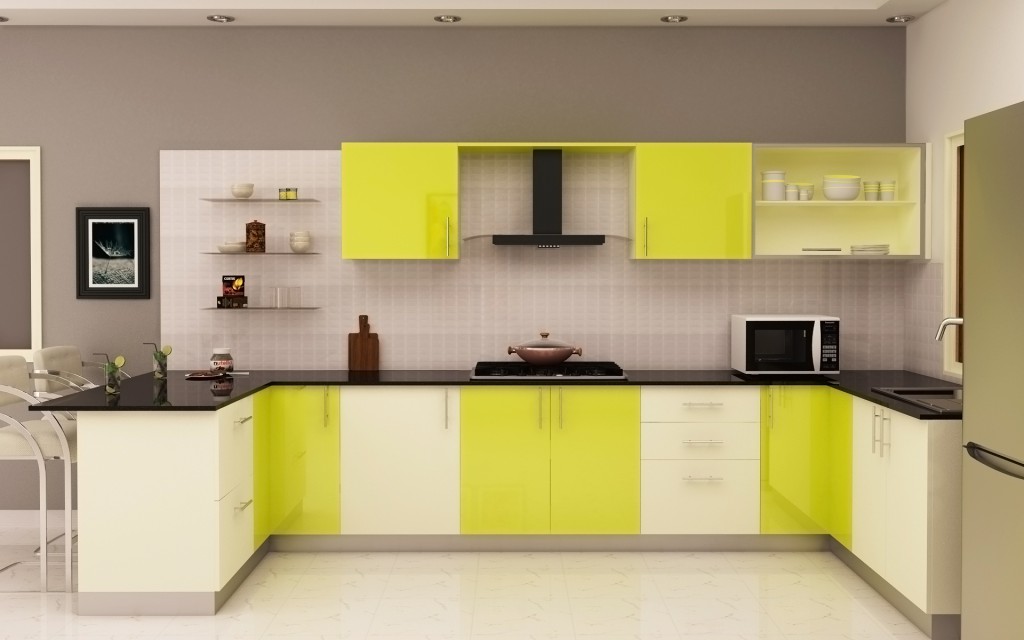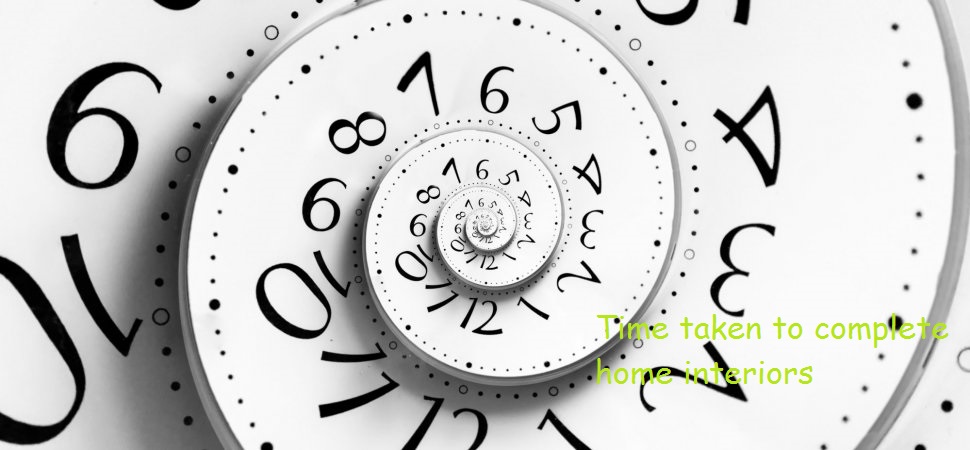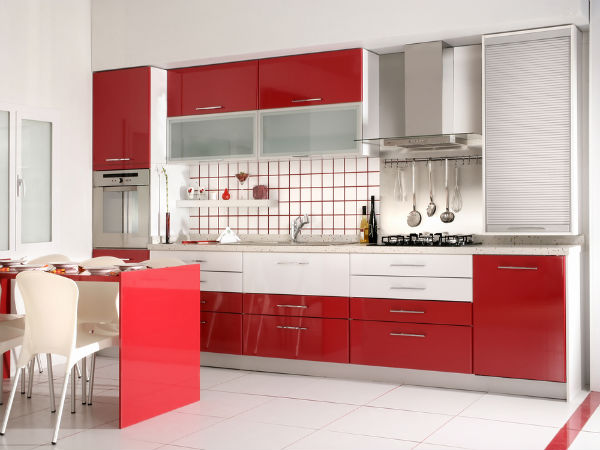For furniture that is likely to get wet:
For plywood furniture that will be kept indoors, the important point to consider is whether the wood is likely to get exposed to water. For example a dining table kept in the kitchen or dining hall, or kitchen cabinet doors, is likely to be get wet. In such cases the best type of plywood to use will be exterior ‘BWR grade’ plywood. BWR stands for boiling water resistant. Sometimes it is also referred to as BWP (Boiling water proof). BWR/BWP grades are marked on the plywood sheets, so that they can be identified.
Note that there is also a better quality of plywood available for exterior use, which is called Marine grade plywood. It is more expensive and usually used in industrial applications, and for use in boats and ships. Marine grade plywood is usually not used in home furniture, and BWR/BWP grades are usually considered adequately water-proof and good enough for this.
For furniture that is not likely to get wet, for example beds, bedroom cabinets, wall panels etc., interior grade MR type of plywood is suitable. MR stands for moisture resistant plywood. Note that moisture resistant is not the same as water-proof. It only means that this type of plywood can ably withstand some amount of moisture or dampness. MR grade ply is cheaper than BWR grade plywood, and quite suitable for most types of indoor furniture.
Exterior Grade vs. Interior Grade
When shopkeepers or carpenters say interior plywood they usually mean to say MR grade, and exterior grade usually equates to BWR/BWP grade. As the names suggest interior grade is most suited for indoor use, and exterior grades are often used for outdoor furniture that can be kept outdoors in the garden, terrace or balcony.
Branded vs. Unbranded
The plywood and laminates market in India, is largely dominated by the so-called unorganized sector and locally made plywood is readily available in most places. A short visit to a nearby plywood shop confirms this scenario. The names written on many of the plywood boards are unheard of, and if you try to find information about these companies online, in most cases none exists.
Having said that, most shops also sell plywood of well-known brands such as Century and Kitply. In the Indian plywood market, quality branded products cost much more then there lesser known counterparts, and which type to select is for you as a customer to decide based on your preferences. The furniture business (and consequently the plywood and laminates business) is quite dominated by the choices made by carpenters and dealers, since it is the carpenters who usually select and buy plywood on the customers behalf and regularly deal with the shopkeepers.
Selecting the right thickness
Next to selecting the correct type (grade) of plywood for making your furniture, it is also equally important that you buy sheets of the right thickness. The ideal plywood thickness varies based on what type of furniture is being constructed, and hence carpenters who are making the piece are in a better position to advise about this aspect. As customers what we have to be aware of is that thicker plywood equates to greater strength and also to increased costs.
ISI marked plywood
Plywood sheets having genuine ISI mark can be assumed to be of better quality, as the mark implies that these sheets meet the quality specifications set by BIS (Bureau of Indian Standards). For MR and BWR grades of plywood, the Indian Standards specification number is IS:303.
When looking for the ISI mark, you should check whether the specification number IS:303 is printed above the mark, and also the CM/L number (Licence number) should be printed below the mark. If the CM/L number is missing, then the mark could be a fake.
Hardwood vs. softwood
Hardwood plywood made from hardwood timber is stronger and more durable compared to softwood. Good quality plywood sheets are usually made from 100% hardwood (meaning all the individual veneers that make up the plywood have been made from hardwood).
Alternatives to plywood
Amongst the alternatives to plywood that are available these days are other engineered wood products such as MDF (Medium density fiber boards), and particle boards. These are cheaper options but not as durable as plywood. Moreover when it comes to makiing custom-made furniture, carpenters usually work only with plywood and not with MDF/Particle boards.
In any case, for longer-lasting furniture, plywood is considered a much better choice.





